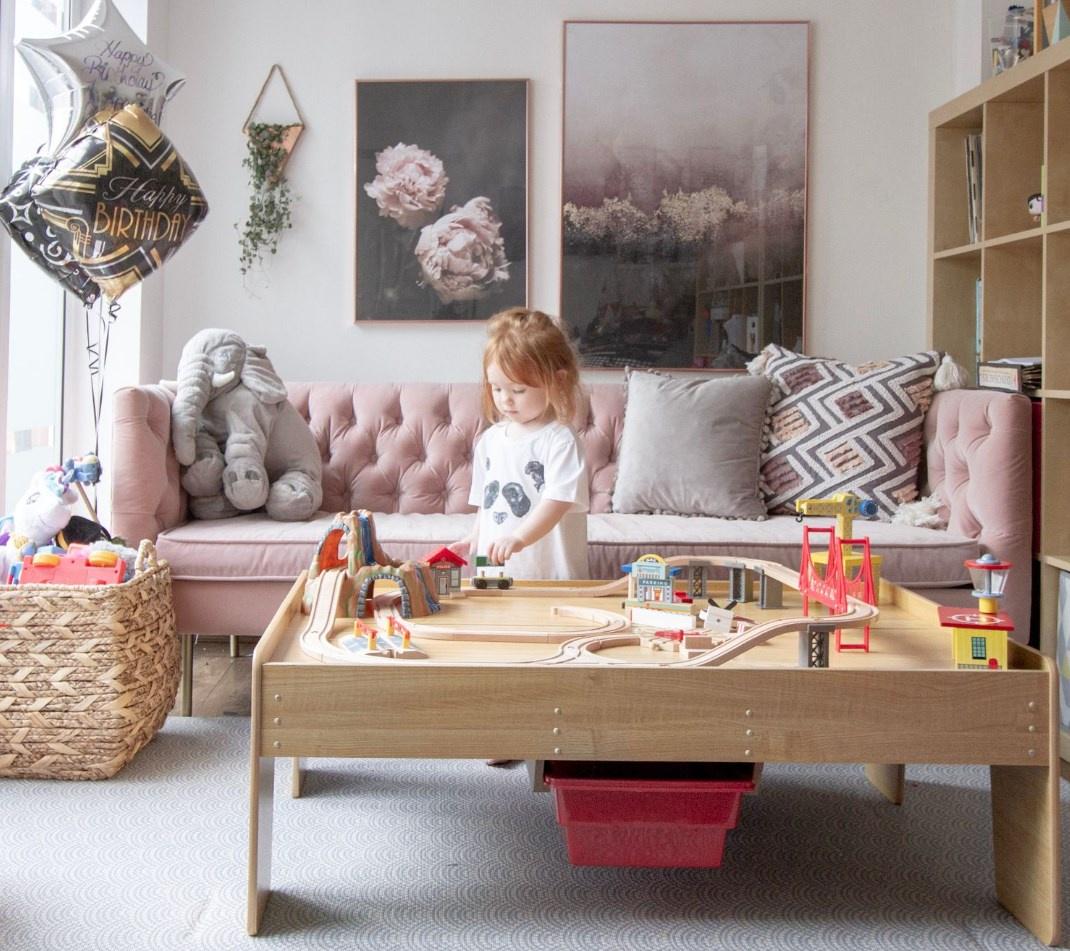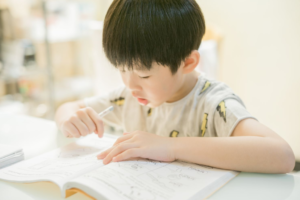How to Create a Montessori-Inspired Environment at Home
The Maria Montessori educational philosophy places a strong emphasis on respect for a child’s natural growth as well as independence and freedom within reason. Even though Montessori schools have gained popularity all over the world, you can assist your child’s development and learning at home by using the approach’s guiding principles. In this post, we’ll look at five useful suggestions for setting up a home environment that is influenced by Montessori.
Foster independence and freedom of choice
Fostering independence in children is one of the core tenets of the Montessori approach. Make sure your youngster has a safe space to explore and make decisions. Set up their environment so that everything is at eye level, like low shelves with reachable toys, books, and painting supplies. Set up their closet so they may choose their clothes with ease, encouraging their self-dressing abilities. You may encourage a person’s sense of independence and self-assurance by giving them opportunities for independent decision-making.
Create a prepared environment
A Montessori-inspired home should be thoughtfully set up to encourage independent discovery and learning. Make sure that the resources are accessible and arranged so that each thing has a designated location. For instance, to encourage organization, designate shelves or containers for books, toys, and art supplies and mark them with pictures or words. Reduce clutter to create a space that is clear and uncluttered and encourages focus and concentration.
Promote practical life skills
The Montessori method of education places a strong emphasis on the value of practical life skills for a child’s growth. Include regular activities in your child’s routine so they can take part in chores that are appropriate for their age. Include children with easy tasks like watering plants, folding laundry, or setting the table. To promote their participation in these activities, provide tools and equipment that are child-sized. By giving kids real-world responsibilities, you can help them grow in terms of fine motor skills and self-confidence.
Place a strong emphasis on sensory experiences and nature
Montessori education places a big emphasis on nature. By introducing natural materials and features into your home environment, you can give your child opportunities to connect with nature. To add a sense of nature indoors, surround them with plants, rocks, seashells, or pinecones. Introduce things like sand, water, playdough, and musical instruments to provide tactile, olfactory, gustatory, and auditory sensations. Their sensory sensitivity, creativity, and general cognitive development are all improved by these encounters.
Encourage open-ended play and learning
The Montessori method encourages open-ended play, which enables kids to take part in activities that help them develop their creativity and problem-solving abilities. Give children toys and resources, such as building blocks, puzzles, art tools, and pretend play things, that promote discovery and imagination. Limit the use of electronics and screens to promote active, hands-on play. You may help your child improve their critical thinking, decision-making, and social skills by giving them chances that are open-ended.
Establishing a Montessori-inspired atmosphere in your home can have a positive impact on your child’s development. Keep in mind that the objective is to establish a setting that fosters their independence, instills a sense of order and responsibility, and permits them to explore and learn at their own pace. By following these guidelines, you can make your home a welcoming and stimulating place where your child can flourish and reach their greatest potential.



